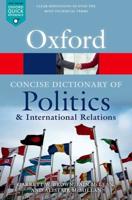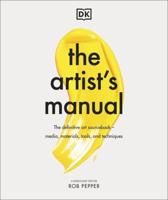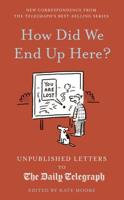Publisher's Synopsis
Excerpt from Report of the Jubilee Year of the Foochow Mission of the A. B. C. T. H
Foochow was one of the five ports first opened by treaty to commerce and the residence of missionaries. They found it an important field. Although at first by treaty rights their labors were restricted to a circuit with a radius of about thirty miles, within such a limit they found a population probably of three million people. The place also was comparatively salubrious and noted for its fine scenery. Mr. Mott, at the time of the Y. M. C. A. Convention, held here last October, told the present writer that in his travels around the world, in his estimation, he had seen no city more beautifully situated than Foochow, excepting Stockholm. The people, however, though comparatively literary, were found to be proud, high spirited and disinclined to receive instruction from foreigners.
The way in which the Mission has been reinforced by foreign laborers, can be learned from the list of members and dates of their arrivals already given, but a few words may be of additional interest. In 1848 the Mission was strongly reinforced by the arrival of five persons from America. In 1849 a Swedish lady, who had taught at Ningpo, joined the Mission as Mrs. Johnson. In 1850 two more workers came from the United States, and in 1853 two others. But the depleting of the missionary force had already begun. In 1851 the Rev. William L. Richards, a son of Rev. William Richards, of the Hawaiian Islands, died at sea on his way to America. Near the end of 185 on account of his failing health, Mr. And Mrs. Johnson left for U. S., and in 1856 Mrs. Doolittle and Mrs. Peet died at Foochow, and the Rev. Seneca Cummings died in America.
About the Publisher
Forgotten Books publishes hundreds of thousands of rare and classic books. Find more at www.forgottenbooks.com
This book is a reproduction of an important historical work. Forgotten Books uses state-of-the-art technology to digitally reconstruct the work, preserving the original format whilst repairing imperfections present in the aged copy. In rare cases, an imperfection in the original, such as a blemish or missing page, may be replicated in our edition. We do, however, repair the vast majority of imperfections successfully; any imperfections that remain are intentionally left to preserve the state of such historical works.







